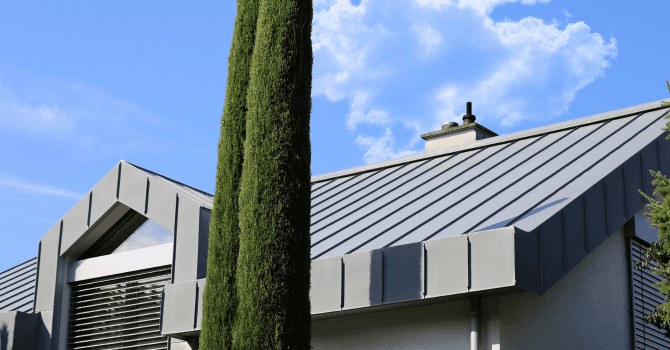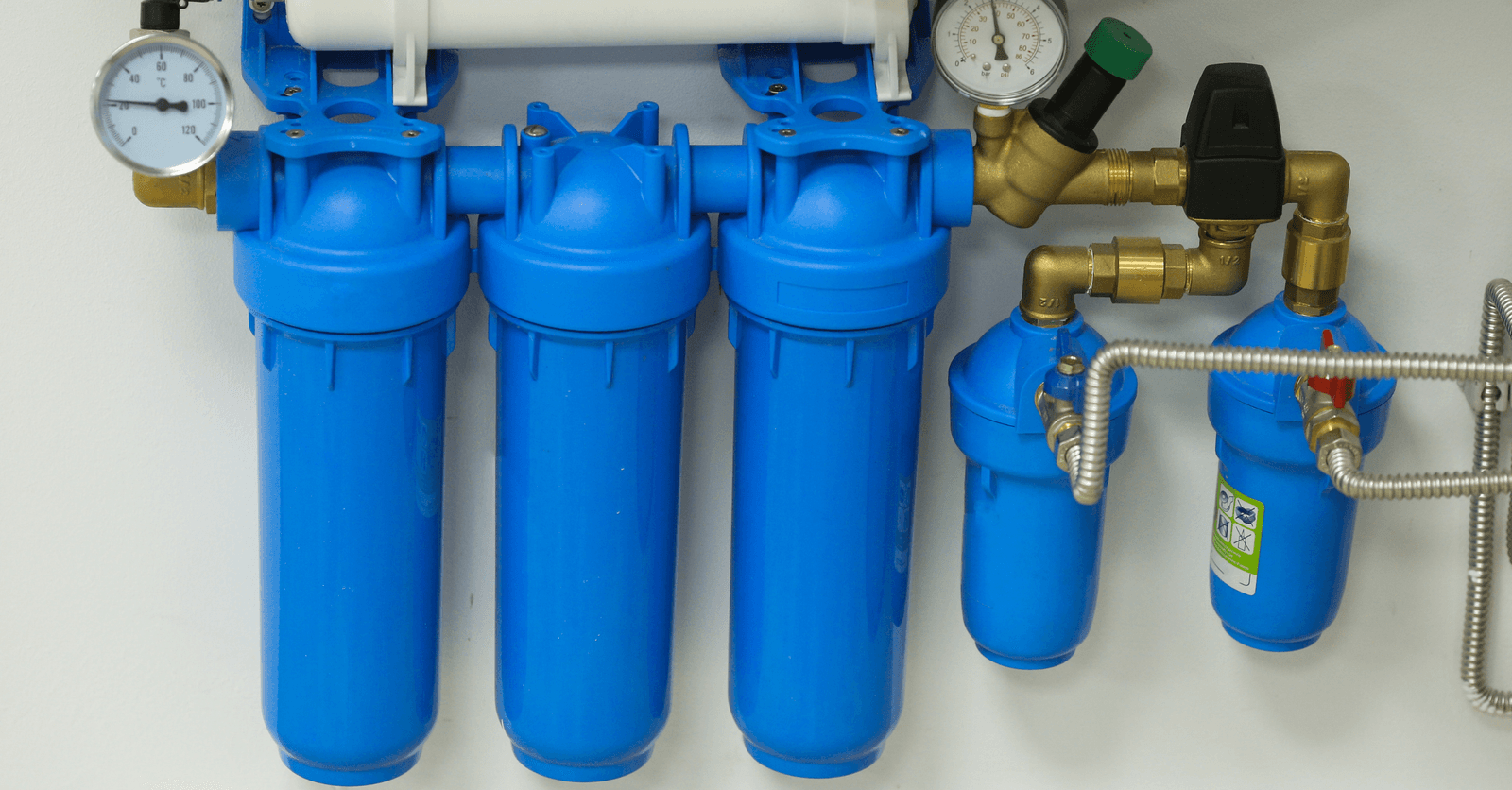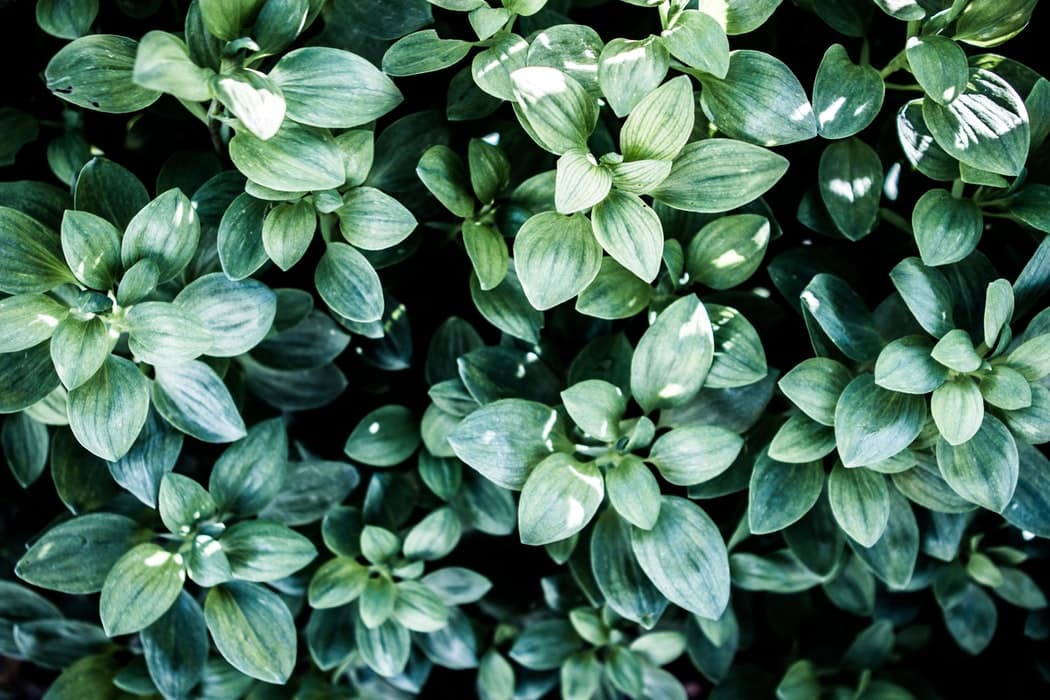Flat Roofs Benefits – What Are the Advantages for Your Home?
By Editorial Team
Updated on July 23, 2025

The flat roof hasn’t always had the best reputation, particularly due to its waterproofing issues. However, it not only offers many advantages, but the construction industry now fully masters its design and installation.
What are the benefits of a flat roof compared to traditional roofs? How can you avoid waterproofing problems and ensure its longevity? What are the best uses for this surface, such as installing solar panels or creating a rooftop terrace?
Discover in this article everything you need to know to confidently choose a flat roof.
Flat Roof: Aesthetic and Modern

Source : DK Toitures Inc.
A Contemporary Design
Flat roofs spark a contemporary-inspired architecture, most notably due to the green roofing factor. Yet, it’s far from new. In some Canadian provinces, it first made its way onto the scene during the Industrial Revolution, during the 1850s. Prior to Europeans stepping on dry American land, the Pueblos from New Mexico were already building their homes with flat roofs. As a matter of fact, the American-born Pueblo Revival architectural style stems from these very villages.
However, the elastomeric, asphalt, or gravel layer coating the surface replaced the once-used stones or adobe.
What are the most used roof coating materials?
Built-Up Roof (BUR) Membranes
These membranes are made of:
Gravel
Tar/Asphalt
To further elaborate, it’s basically two (saturated) roofing felts or ply sheets made of tar installed between each roofing system layer. Each roll measures 3ft (90 cm) and originates from the following two materials:
Type IV glass ply sheet
Perforated organic bitumen felt
Why add a layer of gravel to your rooftop? To protect the asphalt or tar. The latter is especially vulnerable to sun exposure since UV rays will soften and deteriorate the coating over time. Thus, gravel plays the role of a natural barrier.
And its purpose extends way beyond that. Gravel limits the membrane’s ability to shrink during sudden temperature changes to prolong the roofing’s service life.
Hence, Canadian roofers will tell you that a BUR membrane will last roughly 16 years depending on where you live. Beyond 20 years, your home insurance provider likely requires you to reroof, otherwise they might terminate your policy.
Single-Ply Membranes (TPO or EPDM)
EPDM (ethylene, propylene, diene, and monomer) is a synthetic rubber, whereas a TPO membrane is a thermoplastic polyolefin.
No matter the membrane, their primary function is to seal the roof, while also sharing a few similar characteristics. However, beyond their respective colour—TPO is white or light grey and reflects the sun rays, while EPDM absorbs them—EPDM membranes benefit from an easier installation method compared to TPO (glued instead of hot air welded).
EPDM’s capacity to absorb sun rays makes it the ideal and worthwhile solution in provinces like Ontario and Quebec where winters are longer and colder than summers are warm.
However, TPO membranes are more affordable. Therefore, focus on contacting companies who can provide quotes using both materials, allowing you to have more insight into which option is more cost-effective.
Elastomeric Membranes
An elastomeric roof coating is made up of a sub-layer and a top layer, which sits under a layer of gravel. The sub-layer is either screw-on or glued.
All the joints made by roofers on this type of roofing are torch-melted, meaning welded. The elastomeric membrane’s watertight properties are a direct result of the quality of the welds. With new-generation membranes, which are said to be self-adhesive, don’t necessitate heat to be secured and can be installed without a fusion torch. However, with this type of roofing, if the slope isn’t properly done, stagnant water will negatively affect—by about a decade—its service life.
Shingles: Avoid at all Costs
Roofing a flat roof with shingles is the worst idea that may pop into someone’s mind. Why, you ask? Because shingles always intersect. Keep in mind that TPO and elastomeric membranes are welded while EPDM membranes are glued. There’s a good reason for that.
On a flat roof, no matter the draining system in place, stagnant water is an issue that other roof types don’t deal with for as long of a period. Therefore, moisture seeps in through the gaps made by the interconnecting shingles, which may result in significant damage to the walls of your home.
How thick should flat roof insulation be?
Thickness is entirely dependent on the insulation materials used. For the past decade, the Building Code requires all flat roofs to have an R-41 coefficient. Therefore, the most commonly used materials for flat roofs are polyurethane (or urethane) and glass wool:
Polyurethane: R-value between 5 and 7 per inch
Glass wood: R-value between 2.2 and 2.7 per inch
Generally speaking, the recommendations state that the insulation material thickness for a flat roof is between 10 and 15 cm.
A Better Use of Space with a Flat Roof

Source : Les Toitures Keven Lebrun inc.
Building a Rooftop Deck
A flat roof equals additional square footage. Albeit it can’t be considered a livable space, it’s definitely customizable. Living rent-free in your mind might be those famous Manhattan penthouses seen in movies, with luxuriously designed flat roofs.
Note that with a flat roof, you can replicate this sort of configuration at home by opting for one of the following styles:
Green roof
Multi-level
Veranda rooftop
Hot tub
Garden
Whatever route you choose, don’t forget to have guardrails installed around the rooftop perimeter.
Installing Eco-Friendly and Cost-Effective Systems
Adding extra square footage to your home’s living quarters isn’t necessarily the most worthwhile solution. On the other hand, you can benefit from the available surface area to generate energy or participate, on some level, in countering the adverse effects of excessive land building in urban areas.
Solar Panels
If your rooftop is close to 2,105 square feet, meaning ¾ of a tennis court, you may be able to install 70 solar panels, rendering your home energy self-sufficient.
To maximize their yield, you can opt for monocrystalline solar panels. These panels have a 16-20% yield and are the most efficient.
Green Roof
A green roof is the perfect asset to help mitigate heat islands in urban areas. It can also help insulate your roof.
However, building a vegetation roof requires some forethought as there are three different types of green roofs to choose from, each requiring a different amount of substrate:
Extensive vegetation (foam): 75 to 180 kg/m²
Semi-intensive vegetation (shrubs): 200 to 500 kg/m²
Intensive vegetation (trees): 500 to 2,000 kg/m²
However, you have to work with an architect if you want to add vegetation to your roof to eventually design a rooftop garden.
Additional Eco-Friendly Solutions
Two other eco-friendly solutions can be installed on your flat roof:
Stormwater harvesting system
Wind turbine
Harvesting rainwater in a cistern that's buried or installed next to your house is a great way to keep a supply of water to water your garden spring through fall. As for rooftop wind turbines, also known as domestic wind turbines, they can also be considered viable energy-producing solutions.
Durable and Low-Maintenance

Source : Source: PC Qualité Toits Inc
Easy Access for Maintenance Purposes
Rooftop access should be considered prior to construction. One of the most aesthetic solutions is having a rooftop trap door installed. The latter is concealed when closed and it gives you access to the roof area from inside your home.
Another way to go about it consists of building a suitable staircase along the side of the building’s wall or installing a fixed ladder if you plan on only accessing your flat roof for maintenance purposes or clearing snow.
Extended Lifespan
Flat rooftop maintenance will ensure your rooftop has a 15-year, twice-over lifespan, so roughly 30 years. To do so, you must abide by the following:
Inspect your roof twice yearly (spring & fall)
Hire a plumber to clean your rooftop drain
Hire a roofer to carry out any roof repairs
However, note that flat roof waterproofing issues are wide-ranging, which we'll delve into below.
Waterproofing: A Flat Roof’s Achilles’ Heel
The bottom line is that a flat roof is fragile. Its waterproofing depends on numerous factors:
State of the drain
Signs of anomalies
Joint deterioration
Gravel coverage
The above-mentioned is a list of all factors that may cause water leaks in your home. Hence, why a flat roof has to be constantly monitored. Every inspection done (cleaning and maintenance included) costs roughly $400.
If we were to crunch the numbers quickly, your flat roof maintenance budget, over 20 years (inflation aside), would come out to about $16,000. There’s no way around it; it’s a significant long-term investment.
What is the downside of having a flat roof?

Source : Source: PC Qualité Toits Inc
Waterproofing Issues
As we mentioned earlier, the waterproofing of a flat roof is solely dependent on the overall expertise of the roofers. If the welds aren’t done correctly or if the protective coating (elastomeric membrane, single-ply, TPO, or EPDM) is poorly installed, then you run the risk of encountering serious problems.
Lifespan
Generally speaking, a well-maintained flat roof can have a 30-year lifespan. However, as mentioned, your home insurance policy may very well require you to reroof your home after only 20 years.
The reason why is rather straightforward: If a flat roof is poorly maintained, it won't serve its purpose beyond 15 to 20 years. In comparison, a good old shingled rooftop can last 30 to 70 years, while if you err on the side of caution with slate, which can hold up for 100 years, your grandkids will get to see it in all its glory.
Roof Collapse
The Building Code Commission states that flat roofs are typically built to uphold 6 inches (17 cm) of solid ice or 15 inches (28 cm) of snow. However, it’s best to not let it get to that point, and hire a professional to clear the snow off your roof.
While there are risks associated with a build-up of snow and/or solid ice on sloped rooftops too, most notably snowfalls that may injure or take the life of passers-by, risks of roof collapses are mostly related to flat roofs.
As a matter of fact, most Quebeckers still remember the arena rooftop collapse that happened back in 2002 in Ham-Nord. And, most recently, the winter of 2019 marked several flat roof collapses, particularly with commercial and industrial buildings.
Local Urban Planning Regulations
Some municipalities can even go as far as regulating or simply prohibiting flat roofs, meaning they can only approve one type of flat roof. For example, take Rosemont-La Petite-Patrie, a Montréal borough where they no longer allow black or dark-coloured flat roofs. All that’s left are white and light grey flat roofs.
The goal behind this regulation is to mitigate heat islands. In fact, during the summer months, the recorded temperatures are often higher in said part of town than in other parts of the city due to the sheer amount of buildings.
FAQ
How does a flat roof drain?
A flat roof drains through a combination of internal drains, scuppers, or gutters and downspouts. Despite being called "flat," these roofs have a slight slope to direct water toward drainage points.
Internal Drains: Pipes installed within the roof structure collect water and direct it through internal plumbing to the ground, preventing exterior wall staining.
Scuppers: Openings along the roof's edge that allow water to flow off the roof and into downspouts or gutters.
Gutters and Downspouts: Similar to sloped roofs, gutters collect water along the edges and channel it through downspouts away from the building.
Can you have a flat roof in Canada?
Yes, you can. In fact, for commercial buildings, flat roofs are the go-to design in Canada.
How much does a flat roof cost?
Cost depends on several factors, most notably:
Material quality
Square footage
Roof structure
Insulation
Labour costs
Depending on where you live in Canada, the average cost of a flat roof is somewhere between $10 to $40 per square foot. The most expensive coating is vegetation, while the most budget-friendly is a gravel and tar BUR membrane.
Fun fact, it was actually this cost-effective option that led to the widespread use of flat roofs in Quebec during the 19th century.
Looking for something else?
Related articles
The latest industry news, interviews, technologies, and resources.

Cynthia Pigeon
•07 Nov 2023
A leaky roof is a serious problem that should be addressed without fail. Yet, one of the most overlooked aspects of roof repairs or construction is actually the most vital element, and you’ve probably never heard of it: the roof ridge cap (or roof ridge).

Editorial Team
•16 May 2024
Formerly restricted to commercial, agricultural, and industrial buildings, sheet metal or corrugated metal has, as of late, made its way to the residential sector. On top of having great durability, such roofing material offers a wide range of possibilities in terms of innovative architectural designs. Are you looking to have sheet metal or corrugated metal roofing installed and want more information on the matter? Read on to learn what there’s to know.

Editorial Team
•27 Nov 2025
Roofing scams are becoming more common in Toronto, with more homeowners targeted by fraudulent contractors—especially in areas like Scarborough and Etobicoke. Aging homes, frequent storms, and a busy real estate market make residents easy targets after severe weather.

Editorial Team
•07 Nov 2023
Water is one of the most prevalent resources available in Quebec, and it allows us to carry out most of our daily tasks. From gardening to showering, by way of drinking water and for cooking purposes, quality water is of utmost importance, need I say more?

Karine Dutemple
•07 Nov 2023
Any amateur or professional landscaper will love shrubs, which have a remarkable number of advantages. Whether they are appreciated for their ability to enhance the façade of a house or for their ability to create an area away from prying eyes, they are always a sure bet.